Museum celebrates women in computing
- Published
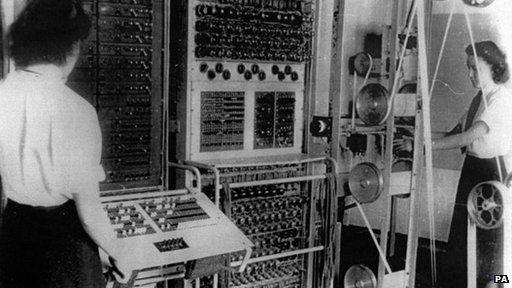
Many of the first computers were developed during wartime and women were intimately involved in their creation and operation. Here Dorothy Du Boisson and Elsie Booker operate Colossus as it cracks codes.
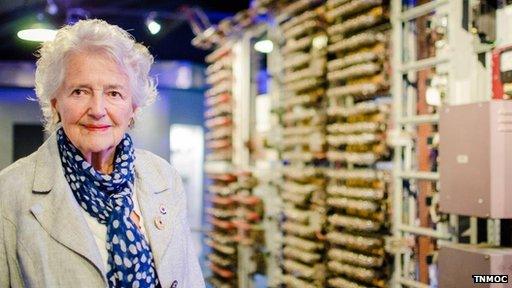
Margaret Bullen, who helped wire up the original Colossus at Bletchley Park during World War II, attended the opening of the Heroines of Computing gallery.
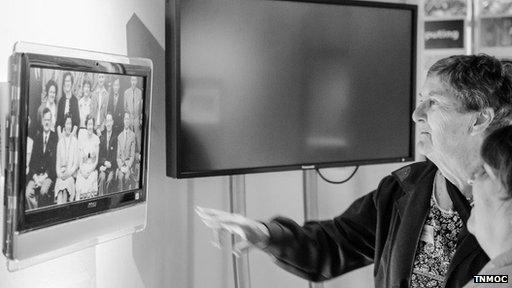
Also attending on the opening day was Joyce Wheeler, a scientist who was one of the earliest users of the Edsac computer at Cambridge
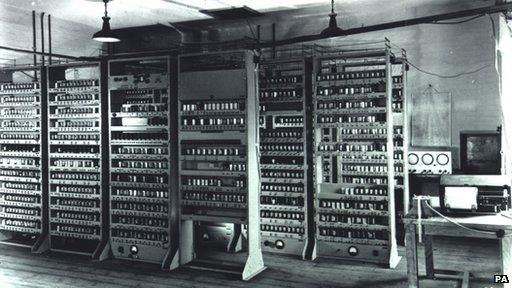
Built in 1949, Edsac (the Electronic Delay Storage Automatic Calculator) was developed to be the mathematical workhorse for Cambridge scientists.
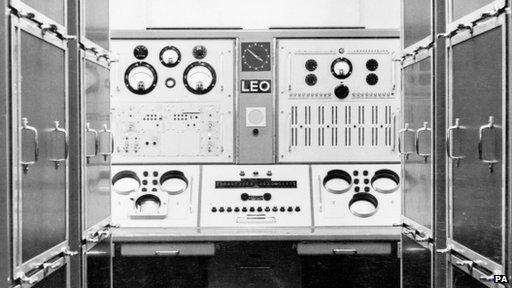
The gallery also celebrates Mary Coombs, one of the first programmers of the Leo (Lyons Electronic Office) a machine that was based largely on the Edsac design.

The Women in Computing gallery was created as part of a larger project to inspire girls to take up programming. The Museum is running workshops and other events to get younger women interested and involved.
The National Museum of Computing has opened a gallery celebrating the role of women in computer history.
Sponsored by Google, it documents the important role women have played in building and programming pioneering computers.
The idea for the gallery arose when the Museum found that only 10% of students on its educational courses were women.
It is hoped that the gallery will help to inspire more young women and girls to take up a job in the computer world.
"Girls must take advantage of the revival of computing in schools and recognise and grab the opportunities that our wonderful sector offers," said Dame Stephanie Shirley at the opening ceremony for the gallery.
The Museum is sited in the grounds of Bletchley Park, the wartime code-cracking centre.
On show at the gallery are contributions from Joyce Wheeler, one of the first academics to use the Edsac computer; Mary Coombs, the first female programmer for the Lyons Electronic Office and Kathleen Booth, an academic who wrote the first book about programming in Assembly language.
- Published3 September 2013
- Published20 November 2012
- Published7 September 2012
- Published9 March 2012